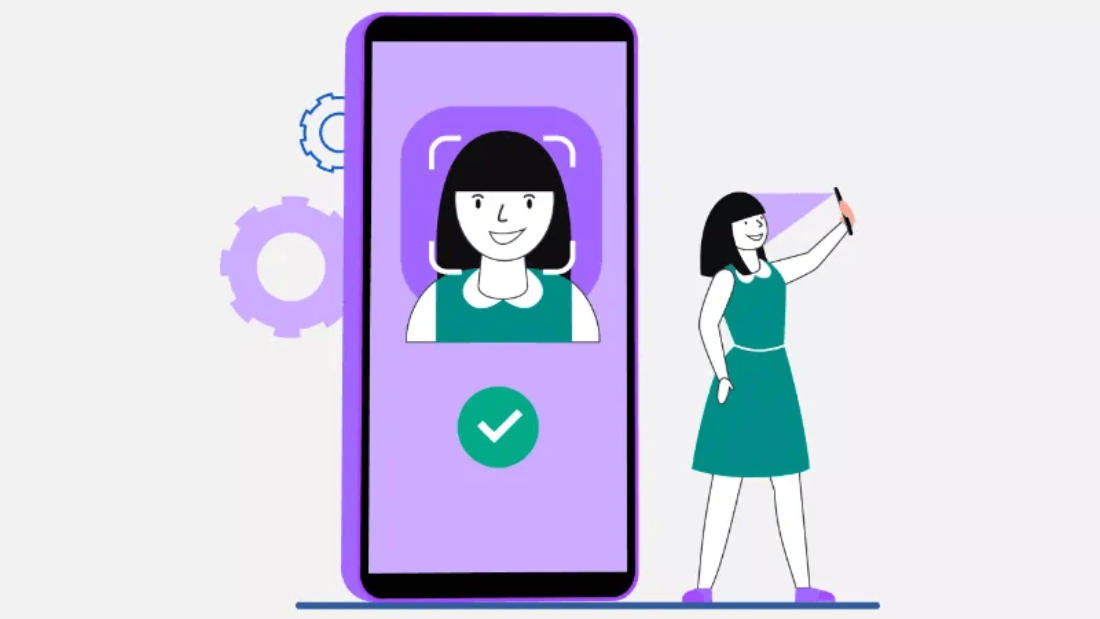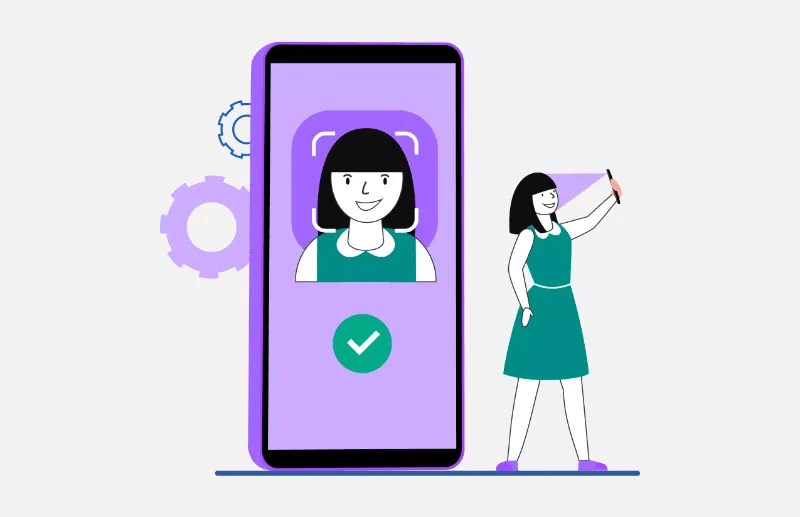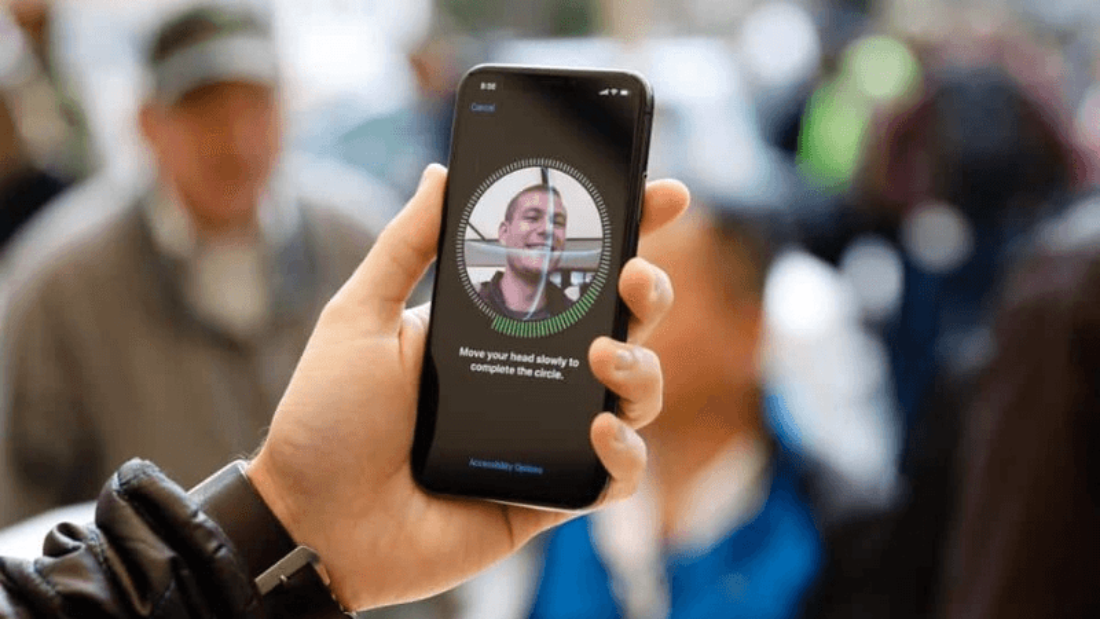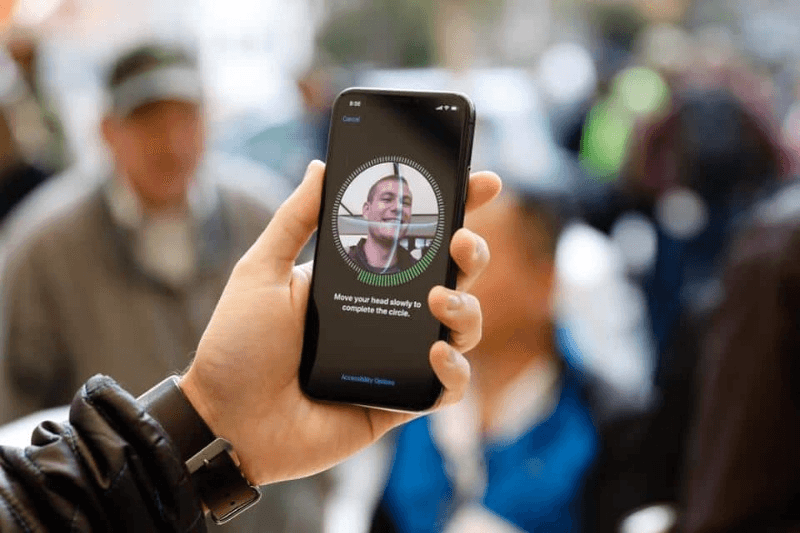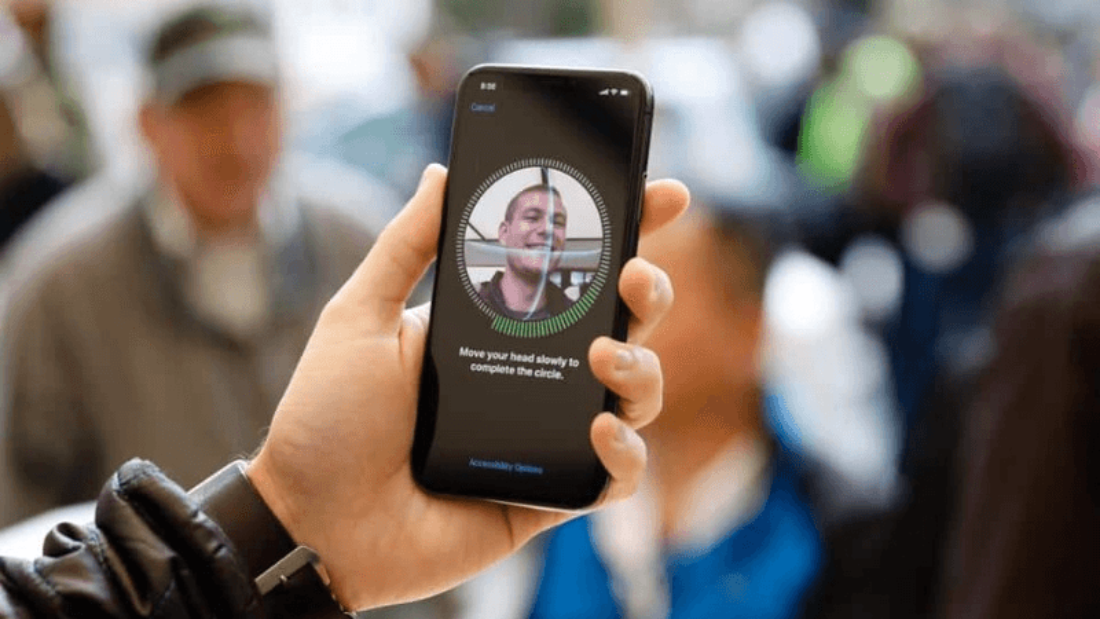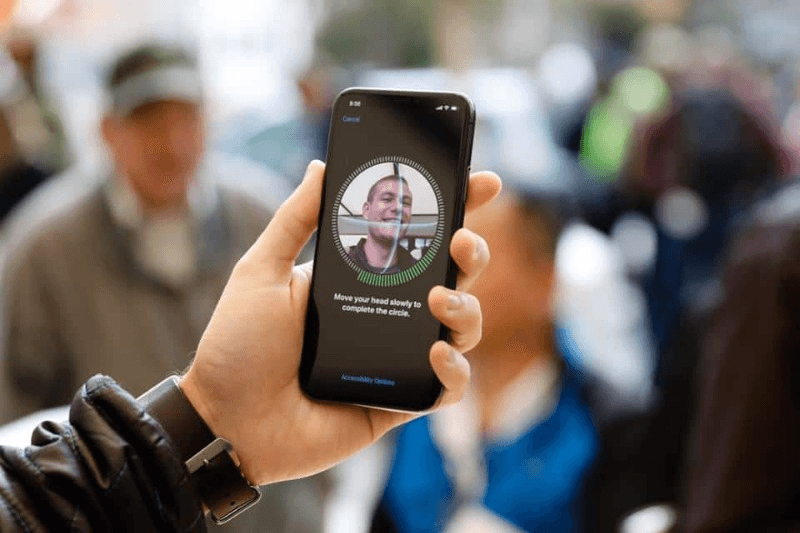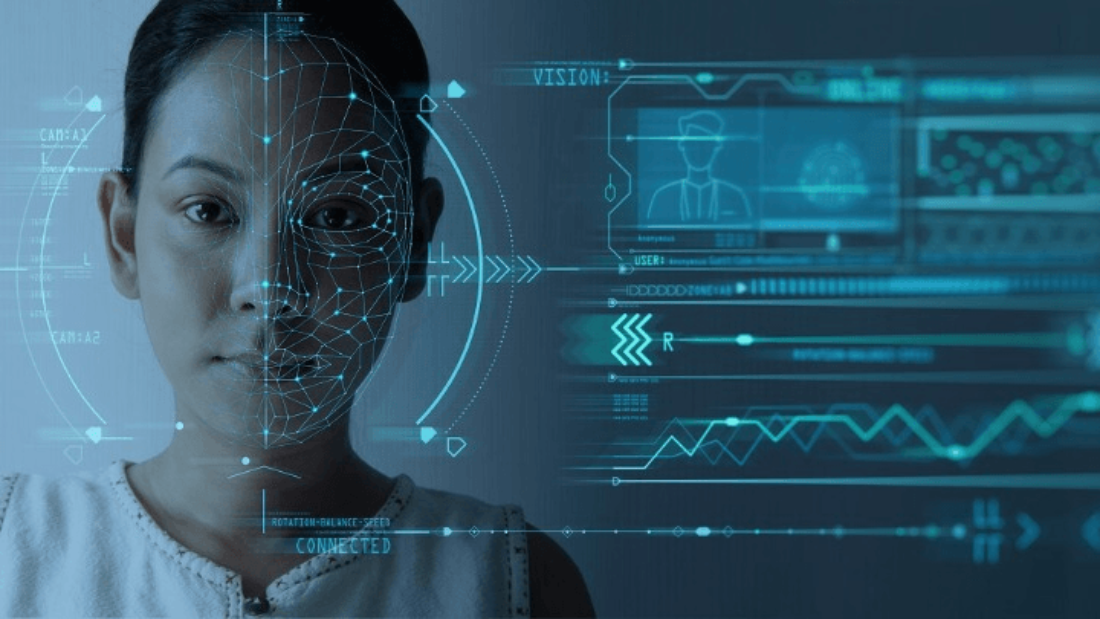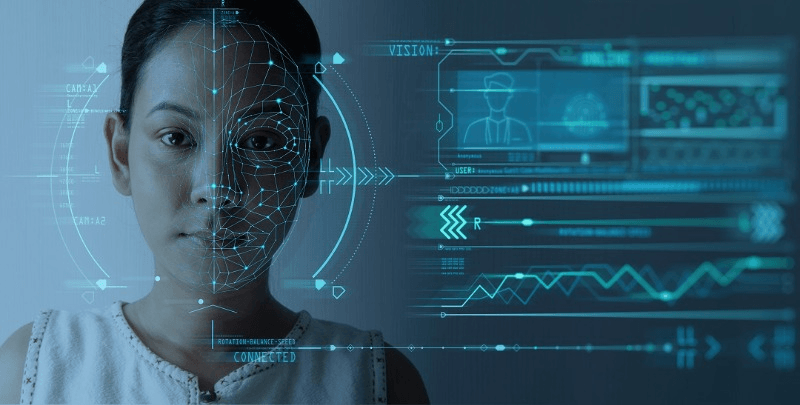Did you know that by 2050, the global population of senior citizens, people aged 60 and over, is projected to reach two billion? This increase in the senior population will have significant implications for health outcomes and activities of daily living (ADL). The integration of age detection technology in smart home systems has opened up new possibilities for enhancing independence and safety. With the use of voice control and smartphone apps, smart home systems can now provide ADL support while ensuring security. This advanced adl technology uses algorithms to accurately identify and track elderly residents within a smartphone-enabled smart home environment. The camera device plays a crucial role in capturing the necessary data. By noting the characteristics of smart devices, such as movement patterns and voice commands, these systems can provide timely alerts and intervention in case of emergencies. Some examples include alarms that can be triggered by specific movements or vocal commands. From the Echo Show to Ring devices, age detection is revolutionizing the way smart homes cater to the needs of elderly individuals. With Alexa-enabled cameras and smartphones, video capabilities allow for seamless monitoring and assistance. With the advancement of home technologies and the rise of smart devices, older adults can now enjoy greater autonomy in their daily lives. These smart health and home devices provide a sense of security for their loved ones, offering peace of mind knowing that they are well taken care of.
Understanding Aging in Place
Significance
The aging population is growing worldwide, emphasizing the importance of implementing age detection technology in smart homes with smartphones for enhanced security and Alexa integration. This smart health technology addresses the increasing need for personalized care and support for elderly individuals by utilizing home technologies and smart devices. By integrating voice recognition capabilities, smart homes can offer timely assistance and enhance the overall quality of life for seniors. With the help of an app like Alexa, the house becomes a more accessible and convenient environment for older adults. For instance, smart devices and home technologies, such as sensors that detect changes in gait or behavior patterns, can alert caregivers about potential health issues or emergencies for patients.
Smart homes equipped with age detection systems and controlled through an Alexa app play a crucial role in promoting independence among older adults while ensuring they receive necessary support. These systems allow people to control their homes easily and efficiently. These home technologies enable seniors to control their home devices, allowing them to live comfortably and securely without compromising their autonomy. These systems are especially beneficial for patients. For example, automated lighting and temperature control based on Alexa’s studies of people’s movement within the home can help prevent accidents and provide convenience for patients without requiring constant manual adjustments.
Impact on Independence
Age detection technology empowers seniors by allowing them to maintain their independence while receiving essential support from smart home systems. With the help of voice control through Alexa, seniors can easily navigate and control their smart home devices, ensuring a seamless and convenient experience for older people. The integration of Alexa technology reduces dependence on caregivers by automating certain tasks, thus promoting self-sufficiency among patients and people living independently at home. For instance, home devices like Alexa can help patients manage daily routines such as setting reminders for medication intake or scheduling appointments. Voice-activated assistants are a great example of home technologies that assist elderly individuals.
By incorporating age detection capabilities into smart homes, caregivers and family members gain peace of mind knowing that Alexa-enabled systems contribute significantly to ensuring the well-being and safety of elderly patients. These systems give people control over their environment, allowing them to live more independently. These technologies enable patients to control emergencies such as falls or sudden health complications through motion sensors or vital sign monitoring devices integrated into various areas within the home environment. Alexa can be used to assist in these studies.
Role in Elderly Care
Age detection technology, such as Alexa, plays a pivotal role in comprehensive strategies aimed at providing optimal care for elderly patients residing in smart homes. With this technology, people can have control over their healthcare needs. These home technologies have the ability to monitor diseases in patients continuously, enabling timely control when necessary. For example:
Motion sensors, a popular home technology, can track mobility patterns of people. These studies have shown that strategically placed motion sensors around the house can provide valuable insights. Alexa, a widely used virtual assistant, can also be integrated with these sensors to enhance the overall functionality and convenience.
Smart home technologies, such as appliances connected to age-detection software, can automatically adjust settings based on usage trends. This means that people can enjoy the convenience of having their devices adapt to their needs without any manual intervention. For example, with the help of Alexa, studies have shown that these smart appliances can learn and understand user preferences, making daily life more efficient and enjoyable.
Wearable devices with integrated age-detection features could notify emergency services if abnormalities are detected in home technologies. These devices can be particularly helpful for patients and people who rely on Alexa for assistance.
Smart Home Technology for Aging in Place
Age detection technology utilizes a variety of sensors, cameras, and machine learning algorithms to monitor the activities and well-being of elderly individuals in smart homes. This technology is especially beneficial for alexa users, as it allows people to easily track the movements and health of patients. Numerous studies have shown the effectiveness of this technology in improving the care and safety of elderly individuals. Infrared sensors, depth cameras, and thermal imaging are commonly employed in studies on home technologies to detect age-related movements and behaviors of patients. These technologies can be integrated with voice assistants like Alexa for improved monitoring and care. These technologies capture data from alexa devices that is then analyzed by machine learning algorithms, enabling accurate determination of patients’ presence and activities in studies.
For instance:
Infrared sensors can detect body heat, allowing home technologies to track movement patterns of patients. Studies have shown that Alexa can also be used in conjunction with infrared sensors to monitor patients’ movements.
Depth cameras are used in studies to create 3D maps of the environment, which can be helpful in recognizing different postures or gestures. These technologies, like Alexa and other home technologies, have been particularly beneficial for patients.
Thermal imaging studies capture temperature variations in home technologies, which can indicate changes in daily routines or health conditions of patients.
These technologies work together to provide comprehensive monitoring for studies and patients while respecting privacy within the home environment.
Essential Devices
Key devices for age detection in smart homes include motion sensors, door/window sensors, wearable devices, and studies on patients. Motion sensors are crucial for detecting movement patterns throughout the home. Door/window sensors, which are part of home technologies, contribute by identifying entry/exit times or unusual behavior. Wearable devices such as smartwatches can track vital signs or activity levels.
Moreover:
Cameras equipped with facial recognition capabilities play a pivotal role in accurately determining residents’ ages within a smart home setting.
These essential devices collaborate seamlessly to establish a comprehensive system that ensures precise monitoring and timely assistance for elderly residents.
In addition:
Wearable devices offer mobility support through fall detection features or emergency call functionalities.
Facial recognition-enabled cameras enhance security measures while also providing valuable insights into an individual’s daily routine.
Hybrid Solutions
Hybrid solutions integrate various technologies like motion sensors and facial recognition systems to bolster accuracy in age detection within smart homes. By combining multiple devices along with advanced algorithms, hybrid solutions deliver robust reliability.
Furthermore:
The flexibility offered by hybrid solutions allows seamless adaptation across diverse smart home environments without compromising accuracy.
Integrating multiple technologies enhances not only accuracy but also responsiveness towards changes in an individual’s routine or health status.
Benefits of Smart Home Automation
Enhancing Independence
Age detection technology in home automation systems plays a crucial role in enhancing independence for elderly individuals. By automating tasks such as turning on lights, adjusting temperatures, and opening doors, smart homes equipped with age detection systems enable seniors to maintain their autonomy. They can receive reminders to take medication or perform daily activities independently, promoting self-sufficiency and reducing the need for constant supervision.
Moreover, through voice commands or wearable devices integrated into the home automation setup, elderly individuals can effortlessly control various aspects of their living environment without physical exertion. For instance, they can adjust room temperatures or turn off appliances using simple voice commands or gestures. This seamless interaction with the home environment minimizes physical strain and fosters a sense of empowerment among older adults.
Wellness Benefits
The integration of age detection technology within home automation contributes significantly to promoting wellness among aging residents. These systems are designed to monitor vital signs, sleep patterns, and activity levels of elderly individuals living in smart homes. By collecting this data over time, these technologies facilitate personalized recommendations for exercise routines and nutrition plans tailored to each individual’s specific needs.
Furthermore, by proactively addressing health concerns based on the collected data from age detection technology, smart homes play a pivotal role in preventing chronic diseases and improving overall wellness among seniors. For example, if irregularities are detected in an individual’s sleep pattern or heart rate fluctuations are observed during routine monitoring sessions conducted by the system; it can promptly alert caregivers or medical professionals about potential health issues before they escalate.
Quality of Life
The incorporation of age detection technology significantly elevates the quality of life for elderly individuals residing in smart homes. These advanced systems reduce stress and anxiety by providing timely assistance and support when needed most while ensuring a safe and comfortable living environment for aging residents.
By relieving older adults from mundane yet physically demanding tasks like reaching out to switch off lights at night or adjusting room temperatures manually; these technologies allow seniors to focus on enjoying their hobbies without unnecessary limitations due to physical constraints that may arise with advancing age.
Security and Privacy in Smart Homes
Privacy Concerns
Privacy concerns are a significant issue. The technology collects personal data, raising worries about privacy invasion. To address this, strict privacy policies and encryption measures should be implemented. These measures safeguard the personal information obtained through age detection systems within smart homes. Transparent communication regarding data usage is crucial. Obtaining consent from elderly residents before implementing age detection technology ensures that their privacy is respected.
Implementing strict privacy policies and encryption measures helps address privacy concerns associated with age detection systems. Transparent communication about data usage and obtaining consent from elderly residents are essential for maintaining privacy in smart home environments.
Strict privacy policies
Encryption measures
Transparent communication
Consent from elderly residents
Security Considerations
When integrating age detection technology into smart homes, security considerations play a vital role in protecting against unauthorized access or misuse of sensitive information. It’s essential to incorporate strong authentication mechanisms, secure communication protocols, and regular software updates to maintain the security of age detection systems within smart homes. Collaborating with cybersecurity experts further fortifies these security measures, ensuring that potential threats do not compromise the safety of the system.
Strong authentication mechanisms, secure communication protocols, and regular software updates are essential for maintaining the security of age detection systems. Collaborating with cybersecurity experts ensures that smart homes with age detection capabilities remain protected from potential threats.
Smart Home Devices for Safety and Health
Preventing Falls
Smart homes with age detection technology can identify falls in real-time, promptly notifying caregivers or emergency services. By analyzing movement patterns, these systems can proactively prevent falls by recognizing potential hazards. This capability provides immediate assistance, reducing the risk of serious injuries for seniors.
For example, if an elderly person experiences a sudden fall, the age detection system can automatically send alerts to designated contacts or emergency services. It can analyze regular movement patterns and identify any irregularities that may indicate an increased risk of falling.
Age detection technology integrated into smart homes is crucial for preventing falls among the elderly population. It not only ensures their safety but also offers peace of mind to both seniors and their families.
Prompt notification of caregivers or emergency services
Proactive prevention of falls by identifying potential hazards
Immediate assistance reduces the risk of severe injuries
Medication Management
Incorporating age detection technology into smart homes assists elderly individuals in managing their medication schedules effectively. These systems send reminders and track adherence to ensure that seniors take medications at the right times. Moreover, they facilitate prescription refills and provide essential medication-related information through integration with pharmacy services.
For instance, if an older adult forgets to take their medication at a scheduled time, the age detection system can send them a reminder via smartphone alerts or smart speakers within the home environment. This feature significantly enhances medication adherence among seniors living independently.
The integration between age detection technology and medication management is vital for promoting health outcomes among aging populations while offering convenience and support in adhering to complex medication regimens.
Sending reminders for medication intake
Tracking adherence to prescribed medications
Facilitating prescription refills through integration with pharmacy services
Chronic Condition Management
By collecting data on vital signs and symptoms, age detection technology enables smart homes to monitor chronic conditions such as diabetes, hypertension, or heart disease among senior residents. These systems alert healthcare providers about concerning changes detected in vital signs or symptoms over time.
An example would be when an individual’s blood pressure readings consistently show significant fluctuations outside normal ranges; this could trigger automated notifications sent directly to healthcare professionals who then intervene accordingly.
Integrating chronic condition management capabilities into age-detection-equipped smart homes empowers seniors to actively participate in monitoring their health while preventing complications related to chronic illnesses.
Enhancing Senior Mobility with Smart Technology
Mobility Aids
Age detection technology can significantly enhance the safety and support for seniors by integrating with mobility aids such as walkers or wheelchairs. In smart homes, this integration allows for automatic adjustments in lighting levels and door openings based on detected movements. For example, if an elderly individual using a walker is detected approaching a doorway, the age detection system can trigger the door to open automatically, providing a seamless experience between mobility aids and the smart home environment.
This not only improves accessibility but also promotes independence for senior citizens, empowering them to move around their homes more freely without having to manually adjust their surroundings. Furthermore, these advancements in age detection technology create a more inclusive living space that caters specifically to the needs of older individuals.
Integration with walkers and wheelchairs
Automatic adjustments in lighting levels and door openings
Promotion of independence and inclusivity
Fall Prevention
Incorporating age detection technology into smart homes contributes significantly to fall prevention among seniors. By identifying potential risks through real-time monitoring, these systems can take proactive measures to mitigate hazards before accidents occur. For instance, when an elderly person’s movement pattern indicates increased instability or unsteadiness while walking, the system could illuminate pathways or make necessary adjustments such as securing rugs or modifying furniture heights to reduce tripping hazards.
The ability of age detection systems to analyze movement patterns enables them to identify irregularities that may indicate an increased risk of falls. This proactive approach ensures that preventive measures are implemented promptly, reducing the likelihood of fall-related injuries within the home environment.
Implementation of Smart Solutions
Assessing Needs
Age detection technology plays a crucial role in smart homes by assessing the specific needs of elderly individuals. By analyzing activity patterns, sleep quality, and health data, age detection systems can provide personalized recommendations for care and support. For example, if an elderly person’s activity pattern deviates significantly from their normal routine or if their sleep quality deteriorates, the system can alert caregivers to potential health issues or risks.
Assessing needs accurately enables caregivers and healthcare providers to tailor assistance and interventions accordingly. This ensures that seniors receive the appropriate level of support based on their individual requirements. It also allows for proactive measures to be taken in response to changes in behavior or health indicators.
Personalized recommendations
Tailored assistance
Proactive measures
Installation and Configuration
The installation of age detection technology in smart homes involves setting up sensors, cameras, and configuring software or algorithms. Professional installation services are often recommended to ensure proper placement and calibration of devices for optimal performance. For instance, placing motion sensors strategically throughout the home can help capture accurate data on mobility patterns.
Configuring age detection systems involves defining rules, thresholds, and preferences based on individual requirements. This customization ensures that the technology aligns with the unique needs of each senior resident within the smart home environment.
Professional installation services
Customization based on individual requirements
Optimal device placement
Maintenance and Usage
Regular maintenance is essential for ensuring accurate performance and reliability of age detection systems within smart homes. Users should adhere to manufacturer guidelines for cleaning devices regularly as dust accumulation may affect sensor accuracy. Updating software is vital as it often includes improvements related to machine learning algorithms used for age detection.
Proper usage entails understanding the capabilities and limitations of age detection technology while being able to troubleshoot common issues effectively when they arise. By staying informed about its functionalities, users can maximize the benefits provided by this innovative solution.
Ethical and Practical Considerations
Limitations
Age detection technology, despite its advancements, may have limitations in accurately identifying individuals with certain physical characteristics or disabilities. Factors such as lighting conditions or occlusions can significantly affect the performance of age detection systems. For instance, facial recognition software may struggle to accurately determine the age of individuals with facial hair or those wearing accessories that obscure their faces.
Understanding these limitations is crucial for managing expectations and exploring alternative solutions when necessary. It’s important to acknowledge that while age detection technology can be beneficial in various scenarios within smart homes, it may not always provide accurate results for everyone.
Ethical Considerations
When integrating age detection technology into smart homes, several ethical considerations must be addressed to avoid potential privacy infringements or biases. Ensuring informed consent from all individuals involved is crucial before implementing such systems. This means transparently communicating how the data will be used and obtaining permission from users before capturing any information.
Addressing algorithmic biases is another essential ethical practice when using age detection technology in smart homes. Collaborating with ethicists and involving elderly individuals in decision-making processes can help navigate these challenges effectively. By doing so, developers and companies can work towards creating fairer and more inclusive technologies that prioritize user privacy and well-being.
Future of Smart Homes and Elderly Care
Health Outcomes
Age detection technology plays a crucial role in enhancing health outcomes for the aging population by enabling early intervention and timely medical assistance. Smart homes equipped with age detection systems can significantly reduce hospitalizations and emergency room visits through proactive monitoring. For instance, if an elderly individual falls or experiences a sudden health issue, the system can immediately alert caregivers or medical professionals, ensuring prompt assistance. This proactive approach not only minimizes the risk of severe complications but also promotes preventive care, leading to overall improved health outcomes for elderly individuals.
Moreover, age detection technology contributes to better management of chronic conditions commonly associated with aging. By constantly monitoring vital signs and daily activities, smart home systems can detect any deviations from normal patterns and alert healthcare providers accordingly. This continuous monitoring allows for early identification of potential health issues before they escalate into serious problems, thus preventing unnecessary hospitalizations and improving overall quality of life for older adults.
Early intervention
Timely medical assistance
Reduced hospitalizations
Proactive monitoring
Research Recommendations
Further research is essential to explore the long-term effectiveness and cost-effectiveness of age detection technology in smart homes. Understanding the economic impact of implementing these systems is crucial in advocating their widespread adoption within healthcare settings catering to the aging population. Studying user experiences and preferences will help refine age detection systems to better meet the needs of elderly individuals.
Collaborative research efforts involving academia, industry experts, and healthcare providers are paramount in driving innovation and advancements in age detection technology for smart homes. By leveraging interdisciplinary expertise from various fields such as engineering, gerontology, medicine, and data science among others; researchers can develop more sophisticated algorithms that accurately analyze behavioral patterns indicative of specific health concerns or emergencies among older adults.
Long-term effectiveness assessment
Cost-effectiveness analysis
User experience studies
Conclusion
You’ve just scratched the surface of the potential that smart home technology holds for aging in place. By integrating safety, health monitoring, and mobility solutions, smart homes can truly transform the way elderly individuals live independently. As you consider implementing these innovations, remember to prioritize ethical and practical considerations to ensure the well-being and privacy of your loved ones.
Now it’s your turn to take action. Dive deeper into the world of smart home technology for aging in place. Explore the latest devices, consult with experts, and start making small changes that can have a big impact on the lives of seniors in your community.
Frequently Asked Questions
How can smart home technology benefit elderly individuals?
Smart home technology offers numerous benefits for the elderly, including enhanced safety, improved health monitoring, and increased independence. With features such as automated lighting and voice-activated assistants, seniors can navigate their homes more easily and efficiently.
What are some ethical considerations when implementing home technologies for aging in place in care facilities for senior citizens, and how do these considerations impact health outcomes?
Ethical considerations when implementing smart solutions for aging in place include privacy concerns, data security, and ensuring that the technology does not infringe on an individual’s autonomy. It is essential to prioritize the well-being and consent of the elderly individuals using these systems.
What types of smart home devices, such as contact sensors, motion sensors, and environmental sensors, are particularly useful for promoting safety and health among seniors? These devices can be integrated into security systems to provide an extra layer of protection and ensure a safe living environment.
Smart home devices such as fall detection sensors, medication reminders, emergency call systems, and remote health monitoring tools play a crucial role in promoting safety and health among seniors. These technologies provide peace of mind for both older adults and their caregivers.
How does age detection contribute to enhancing mobility for many seniors with home technologies? With the use of smartphone alerts and wellness devices, seniors can benefit from the convenience and safety that smart technology offers.
Age detection integrated into smart technology can help tailor devices to meet specific mobility needs based on an individual’s age-related capabilities. This customization allows for a more seamless user experience while supporting senior mobility within their living environment.
What does the future hold for senior citizens’ health outcomes at the intersection of smart homes and hybrid technology?
The future of smart homes in elderly care is promising as advancements continue to focus on creating innovative solutions tailored to meet the unique needs of aging individuals. Anticipated developments include more sophisticated assistive technologies aimed at improving quality of life while maintaining independence.





